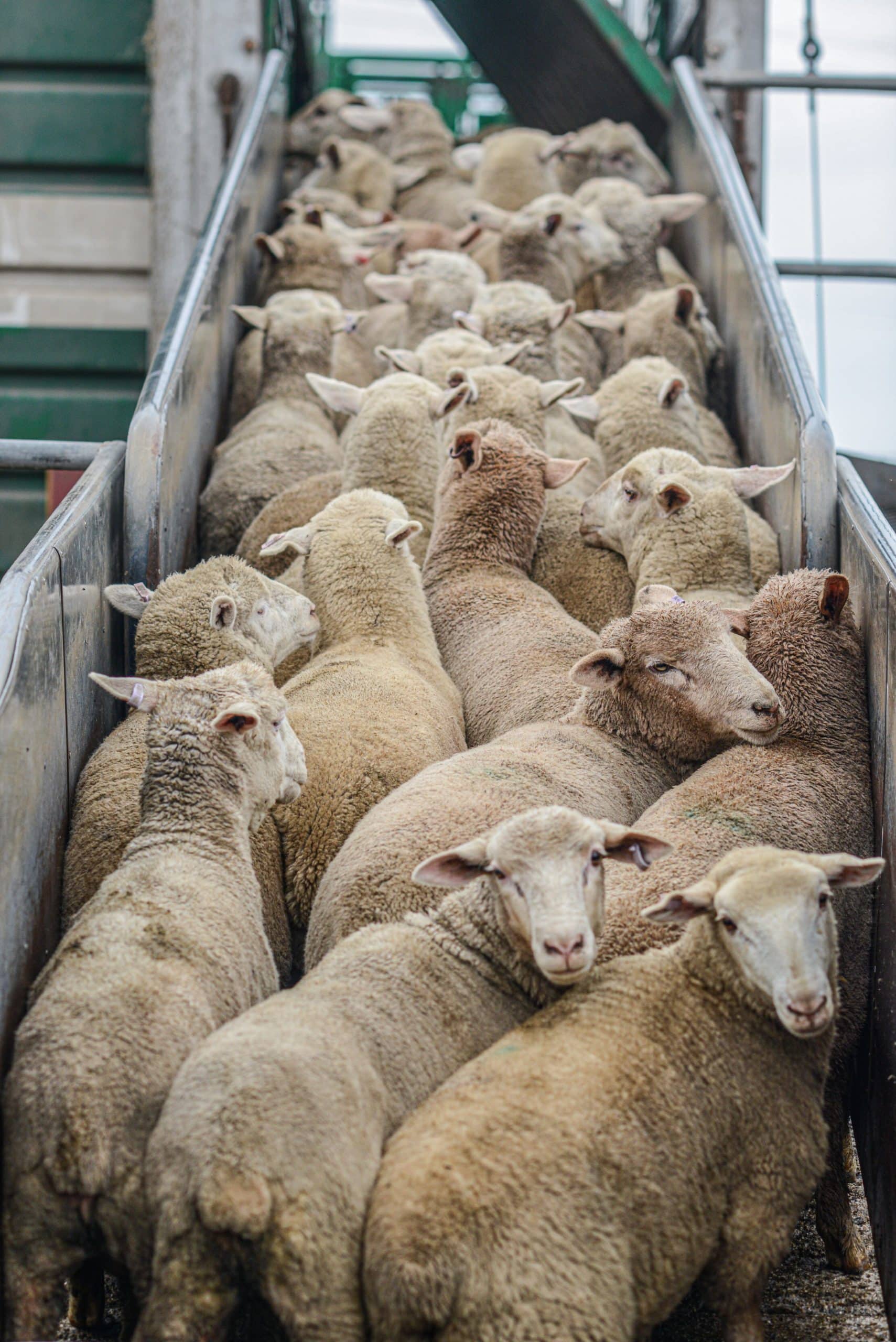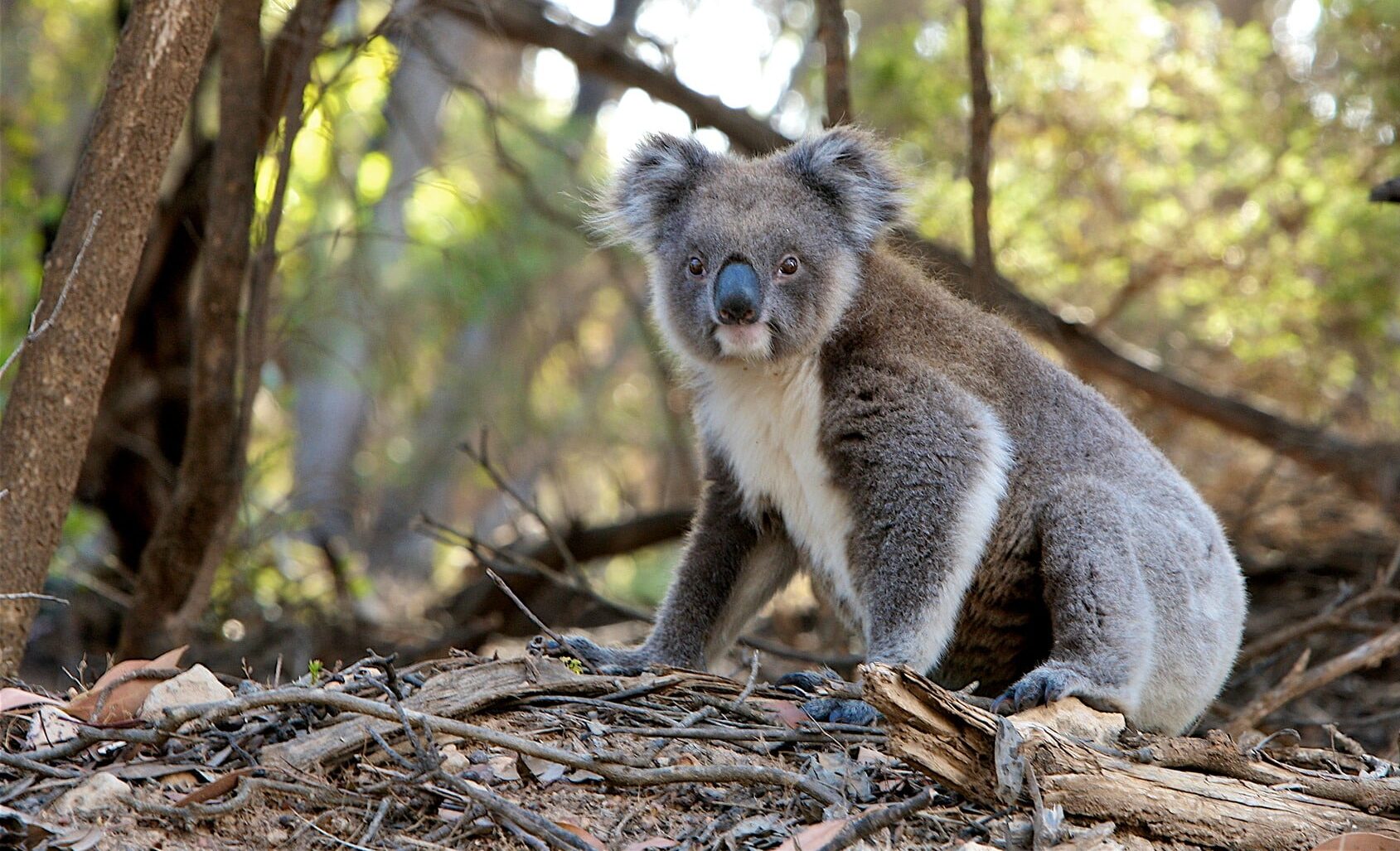This media release was distributed by the Australian Alliance for Animals, of which HSI Australia is a member. Leading animal welfare organisations are calling on the Albanese Government to honour its election commitment to phase out live sheep exports in an open letter requesting a definitive end date to be...
The following is a blog post written by our global CEO, Wayne Pacelle, on the recent documentary released in the US, “Kangaroo: A Love-Hate Story”. The documentary has achieved important coverage both internationally and in Australia since its premiere, and has shone a spotlight on the controversial practice of Kangaroo culling which sees millions of animals slaughtered every year. It’s described as the largest slaughter of land-based wild animals in the world. Cruel and inhumane massacring of our native species is never the answer to wildlife issues. This documentary and the blog post below show just how Australia is being perceived in response to our relationship with Kangaroos, and highlights the need for a more humane approach to dealing with population numbers of the species.
The grisly and grainy images that open the jarring documentary “Kangaroo: A Love-Hate Story” are not the most difficult images you’ll ever see in a feature film about animals’ suffering and abuse. That’s not because the callousness evidenced in the film is any less intense than the kind of cruelty on display in “The Cove” or, as we saw in “Trophy” on CNN the other night, or because it’s any easier to swallow the killing of kangaroos than the misery that animals endure on factory farms as shown in “Forks Over Knives.” It’s because the killing of kangaroos occurs at night. In the cloak of darkness in the remote, rural desert lands of Australia, and it’s hard to see what kind of mayhem is directed at kangaroos in these outposts.
Cruelty depends on our disassociation from it and the concealment of it by the perpetrators. When it’s wrapped in darkness, hidden behind a laboratory wall or a factory farm warehouse, it’s tougher to expose and easier to avoid or forget about in the first place.
But animal-oriented documentaries are throwing back the curtain on so many forms of abuse, and gracefully produced, fast-moving “Kangaroo: A Love-Hate Story” may do for kangaroos what “Blackfish” did for orcas or “At the Fork, Inc.” did for animals used in industrial agriculture. They tell the detailed stories we’ve never heard, and demand that we ask tougher questions about our conduct and the history of our exploitation of animals.
The documentary explains the decades-long campaign by farmers and the commercial kangaroo industry—working often in tandem with the Australian government—to demonise and create a sort of collective detachment from these creatures.
Australia’s relationship with kangaroos is as confusing and contradictory a relationship as any people have with any species. Kangaroos are the symbol of Australia and a national icon there—the most recognised brand ambassador of any nation, after Lady Liberty in New York harbor or France’s Marianne. While there are plenty of advocates for kangaroos in Australia, the public is divided on their treatment. There are also plenty of haters, and they are doing a number on the biggest of the marsupials.
Most Americans and other fans of the culture and countryside of Australia are unaware that nationals there kill three million adult kangaroos and hundreds of thousands of joeys every year, partly as an attempt at “pest control” but also to feed the commercial kangaroo industry.
In an approach that includes a range of perspectives, but amplifies the voices of those who call out ruthless tactics and practices when they see them, “Kangaroo: A Love-Hate Story,” explains the decades-long campaign by farmers and the commercial kangaroo industry—working often in tandem with the Australian government—to demonise these creatures and to create a sort of collective detachment that enables nations to do terrible things to a species. The talented directors, Kate McIntyre Clere and Mick McIntyre, point out that these policies and practices don’t just produce immense cruelty, but they are driving down the numbers of dozens of the 70 or so species in the kangaroo family.
Although the industry claims that killing is a necessary evil, in order to preserve forage in an arid nation with millions of domesticated sheep, the documentarians show a different reality—an inhumane, unsustainable massacre, largely unknown to millions who consider the kangaroos as a startlingly original species worth admiring and protecting.
The Australian National Code of Practice dictates that hunters should shoot kangaroos through the brain to ensure immediate death, but poor night-time visibility results in a crapshoot when it comes to bullet placement. There seems to be as much crippling as killing. When pregnant and nursing kangaroos are killed, their joeys are killed in savage ways—the collateral damage simply discarded and left to die from exposure to the elements.
Kangaroo products are traded internationally in the form of leather, soccer cleats, meat for human consumption, and pet food. There are now many synthetic alternatives to kangaroo leather, so the rationale of footwear freedom hardly commands our attention. Nike, Adidas, and so many other companies have made the switch to human-made fabrics for our athletic adventures.
While you won’t run into kangaroo meat on many menus, it has its consumer following. But with the animals butchered and dressed in the field, exposed to the dust and heat of punishing outback, foodborne illnesses such as salmonella and E. coli find ready carcasses, turning eating the meat into a gastro-intestinal adventure. Even Russia, not known as tremendously forward-thinking of food safety, has banned kangaroo meat as a food safety hedge.
The continent wide population of kangaroos dropped by more than 20 million between 2001 and 2010—from an estimated 57 million to perhaps 34 million. The killing has continued unabated in recent years, and the population is suffering more with the onslaught.
In 2015, despite a strong-armed attempt by the government of Australia and the Kangaroo Industry Association of Australia—which included violations of California’s lobbying disclosure laws—The HSUS successfully thwarted efforts in the legislature to keep California’s trade in kangaroo products open. We anticipate there will be continued attempts to revive this trade but major athletic shoe manufacturers and other end-product consumers are moving on and finding alternatives.
“Kangaroo: A Love-Hate Story” must be the wake-up call we need to reverse mass killing of these beautiful and unique animals.



